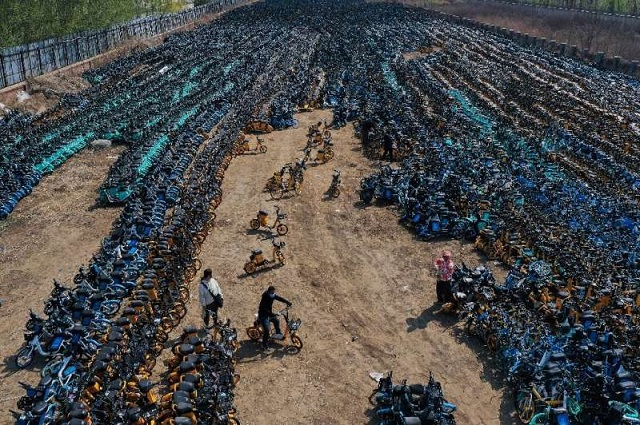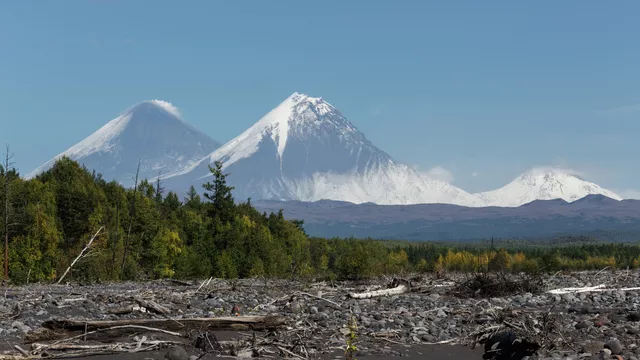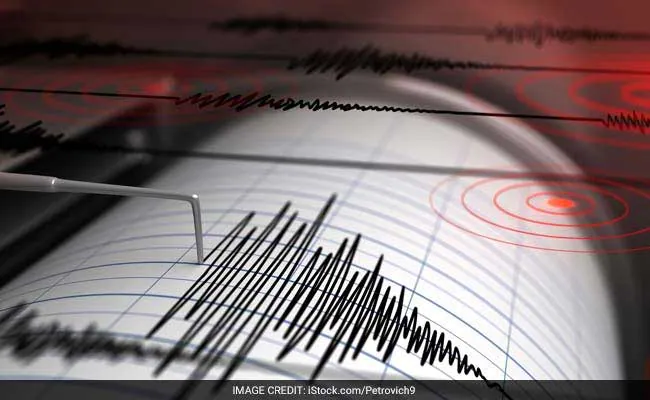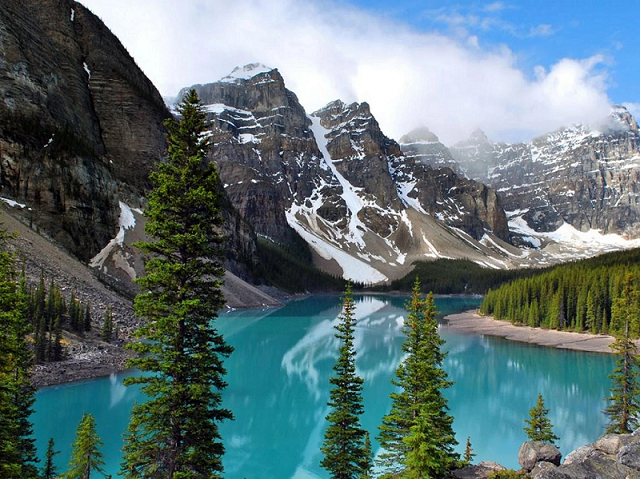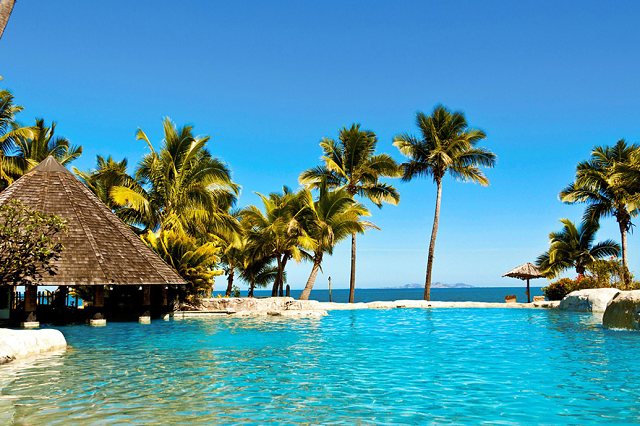Unleashing the Earth's Fury: A Look at the Recent Volcanic Eruption in Kamchatka
Introduction:
Nature's awe-inspiring yet formidable forces were recently on display in the remote and rugged landscapes of Kamchatka, a peninsula in Russia renowned for its stunning yet volatile geological features. The region, often referred to as the "Land of Fire and Ice," witnessed a dramatic volcanic eruption that served as a stark reminder of the Earth's dynamic and unpredictable nature. In this article, we delve into the details of the recent volcanic activity in Kamchatka and its implications.
The Eruption:
The volcanic eruption in Kamchatka captured global attention when a previously dormant volcano, long considered inactive, suddenly roared to life. The eruption was characterized by billowing plumes of ash, rivers of molten lava, and seismic tremors that reverberated across the region. Local communities, scientists, and emergency response teams were thrust into action as the earth unleashed its fury.
Kamchatka's Volcanic Landscape:
Kamchatka is home to a concentration of over 160 volcanoes, 29 of which are active. This volcanic abundance is a result of the region's position along the Pacific Ring of Fire, a horseshoe-shaped zone known for its heightened seismic and volcanic activity. The geological marvels in Kamchatka, including the famous Klyuchevskaya Sopka, the highest active volcano in Eurasia, attract scientists and adventurers alike. However, this recent eruption underscores the inherent risks associated with living in proximity to such volatile geological features.
Impact on the Environment:
Volcanic eruptions, while captivating, can have profound consequences for the environment. The release of ash and gases into the atmosphere can affect air quality and weather patterns. The expelled materials, including volcanic ash and pyroclastic flows, can devastate local ecosystems, leading to long-term impacts on flora and fauna. Additionally, the deposition of volcanic ash on surrounding landscapes can alter soil composition, affecting agriculture and water sources.
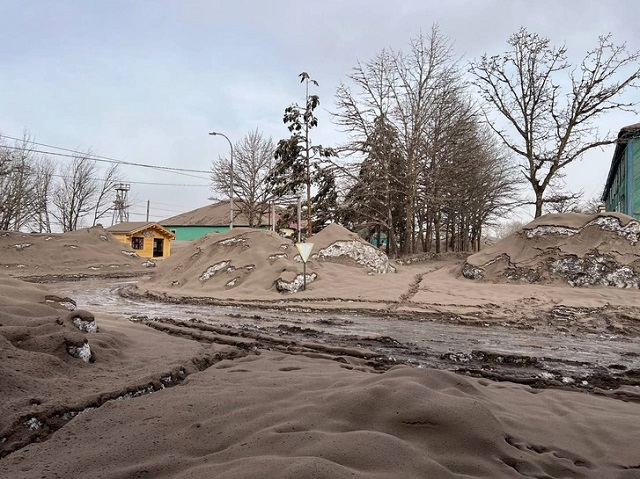
Human Impact and Preparedness:
The recent volcanic eruption in Kamchatka serves as a stark reminder of the need for robust emergency preparedness and response plans in regions with active volcanic activity. Local communities, authorities, and scientists must work collaboratively to monitor volcanic activity, establish evacuation protocols, and educate residents about the potential risks. While technological advancements have improved early warning systems, the unpredictability of volcanic eruptions emphasizes the importance of constant vigilance and readiness.
Scientific Insights:
Volcanic eruptions provide scientists with invaluable opportunities to study the Earth's internal processes and better understand the mechanisms that drive geological activity. Monitoring the Kamchatka eruption allows researchers to gather data on magma composition, eruption dynamics, and the interactions between tectonic plates. These insights contribute to the broader scientific understanding of volcanic phenomena, potentially aiding in the development of more accurate predictive models.
Global Volcanic Activity:
The eruption in Kamchatka is not an isolated event; it is part of the broader narrative of global volcanic activity. Around the world, volcanoes periodically awaken, reminding humanity of the dynamic nature of the Earth. As we witness events like the one in Kamchatka, it is essential to recognize the interconnectedness of our planet's geological systems and the need for international cooperation in monitoring and responding to volcanic events.
Conclusion:
The recent volcanic eruption in Kamchatka serves as a powerful reminder of the Earth's ability to unleash its forces in unexpected ways. As we marvel at the geological wonders of regions like Kamchatka, it is crucial to approach these environments with respect and awareness of the potential risks. Through scientific research, emergency preparedness, and global collaboration, we can strive to better understand and mitigate the impact of volcanic activity, fostering a safer coexistence with the dynamic forces that shape our planet.
